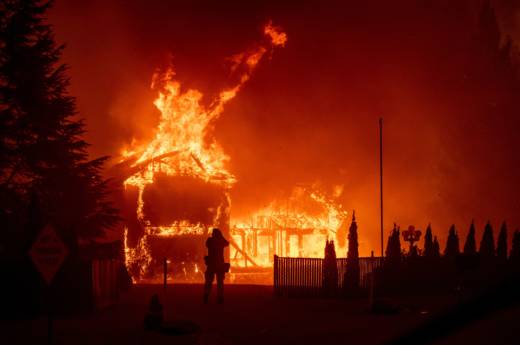Christina Hixson remembers seeing flames from her home in Paradise on the morning of Nov. 8. It was the Camp Fire, which had ignited earlier that morning in the nearby unincorporated community of Pulga.
“There was no evacuation notice,” said Hixson, who said she didn’t get any warnings from officials. “We just knew it was time to go.”
For Caroline Bolin from the neighboring town of Magalia, that’s a familiar refrain. “The only reason why I knew [about the fire] is because the sun was blood red and so was the sky,” she said.
The fire destroyed nearly 14,000 homes and killed at least 85 people in Butte County, making it the deadliest and most destructive wildfire in modern California history — despite the fact that the county had an emergency alert system and an evacuation plan that had been tested.
“This fire was outrunning us in terms of our ability to notify people and get evacuations done before we really even understood we were in a race,” said Butte County Sheriff Kory Honea in an interview with KQED.
Honea said the county used an emergency mass notification system and had a staged evacuation plan based on zones that people lived in, but his department had never seen a fire of this speed or magnitude before, which made the emergency response difficult.
The county used a system called codeRED to send out emergency alerts. It’s an opt-in system, meaning residents only receive evacuation alerts on their cell phones if they’ve signed up for the service.
